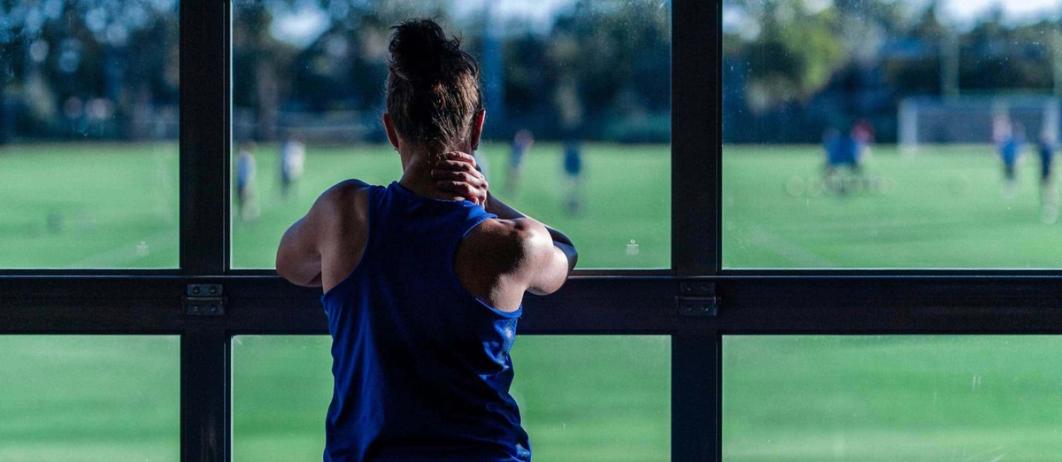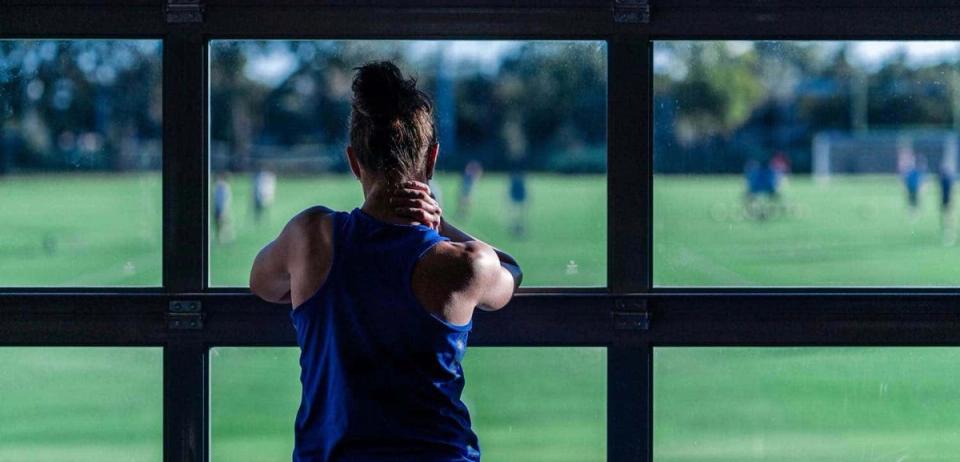Video Chats with Vlatko and Other Self-Isolation Solutions
Like every coach, athlete and team, the players and staff on the U.S. Women’s National Team have had to get creative during these unprecedented and soccer-less times, which for the USWNT have stretched all the way to a vacant field in Serbia.






